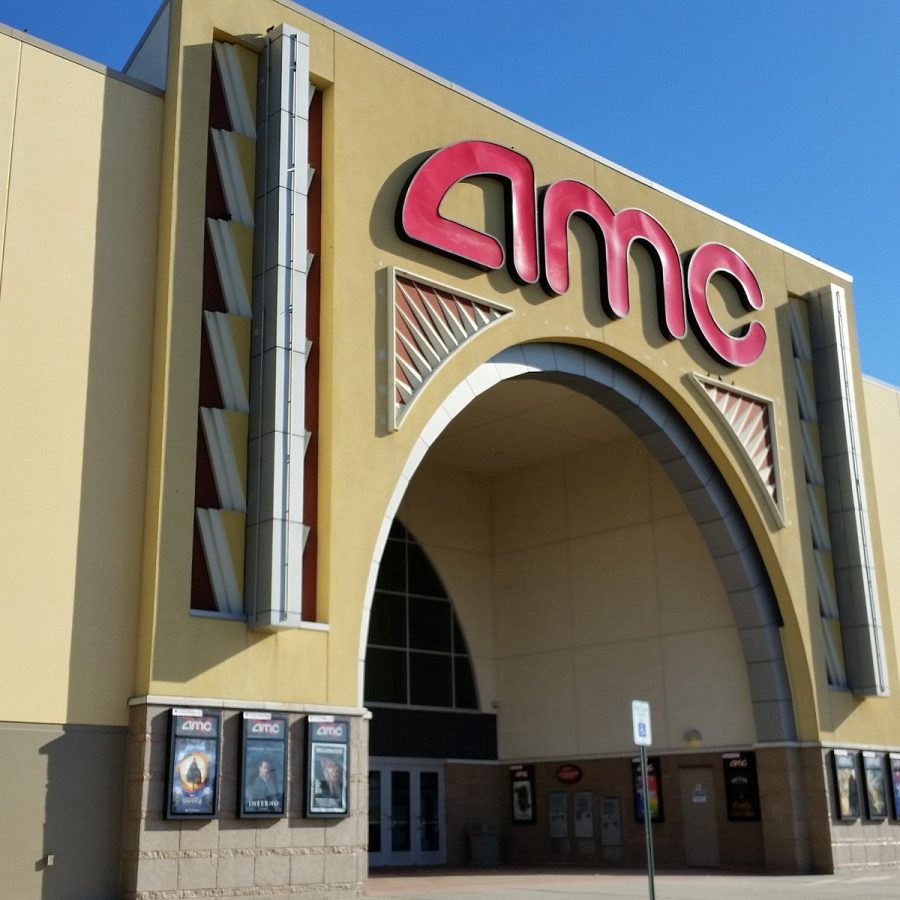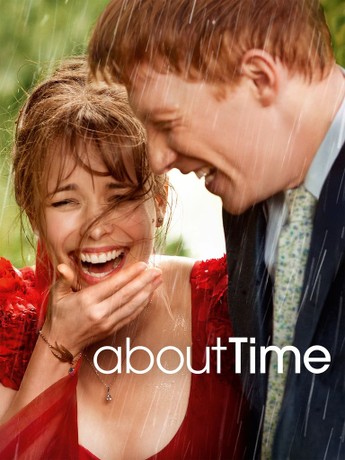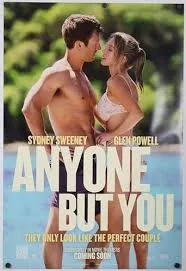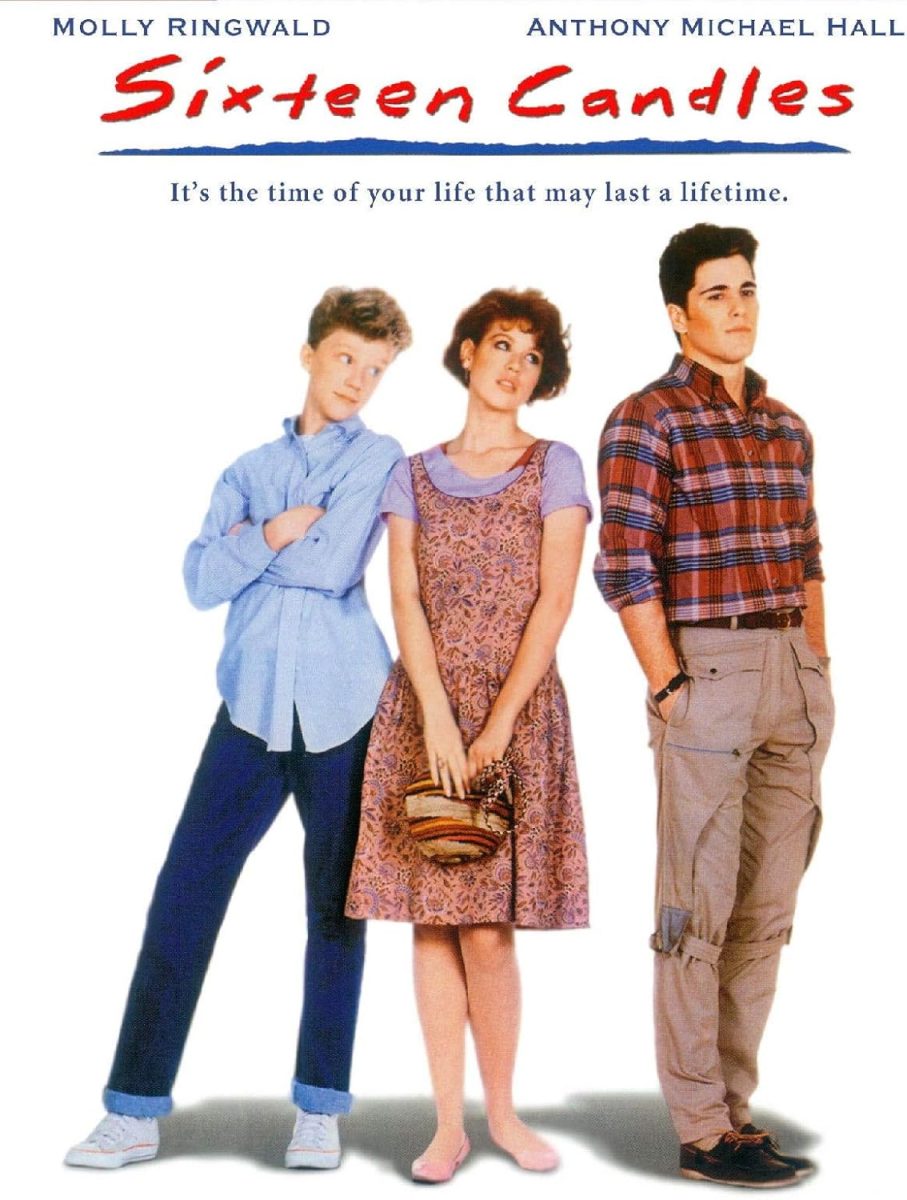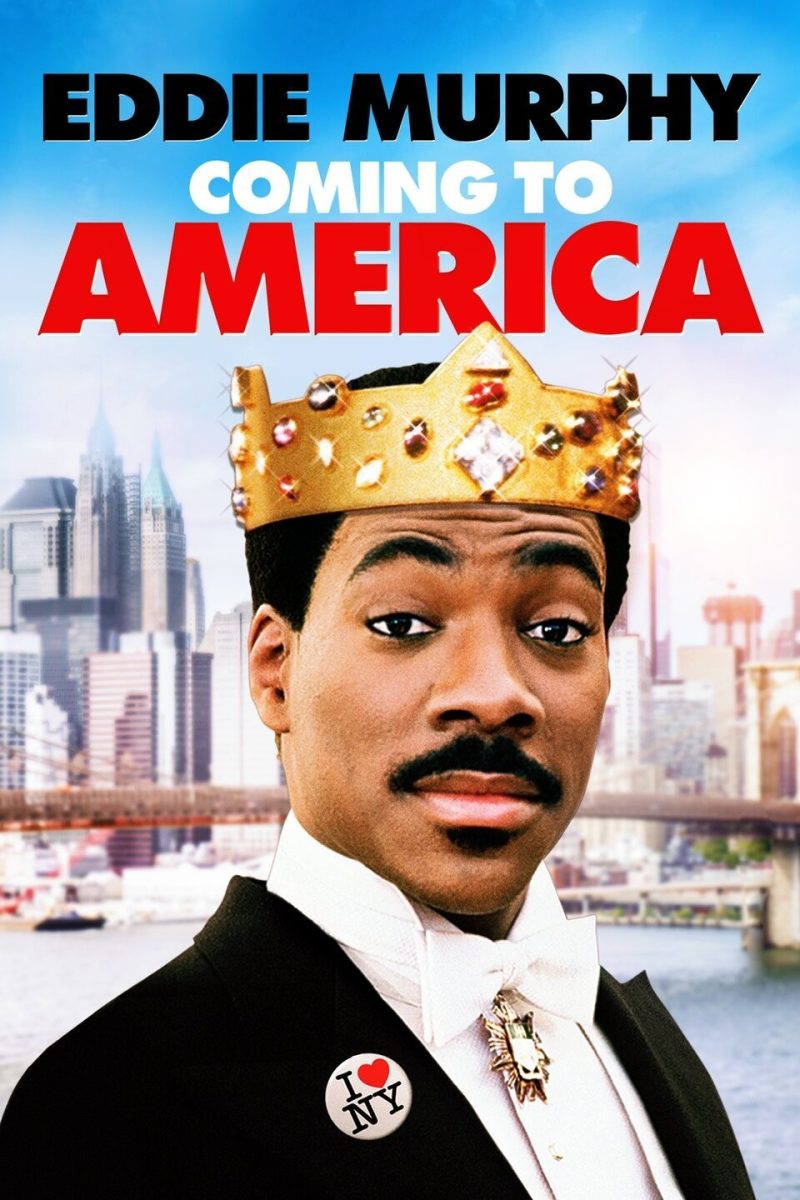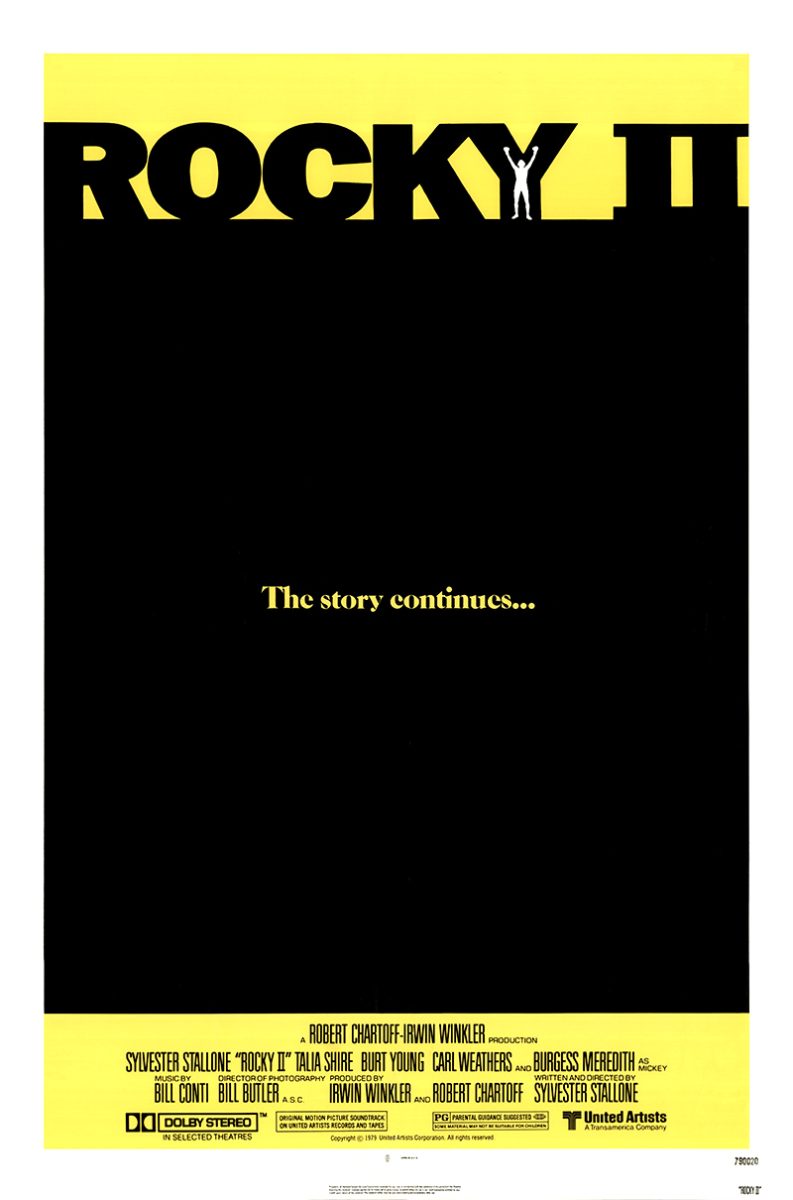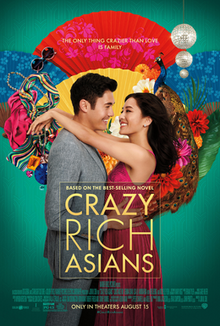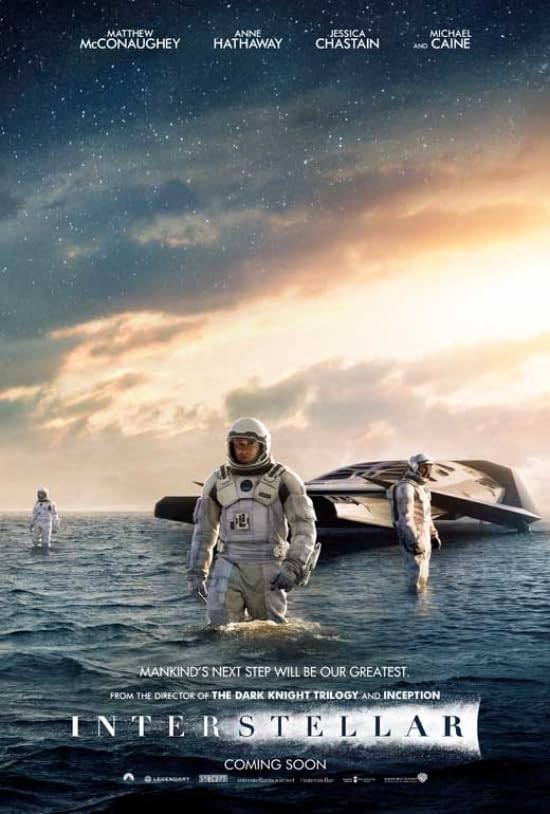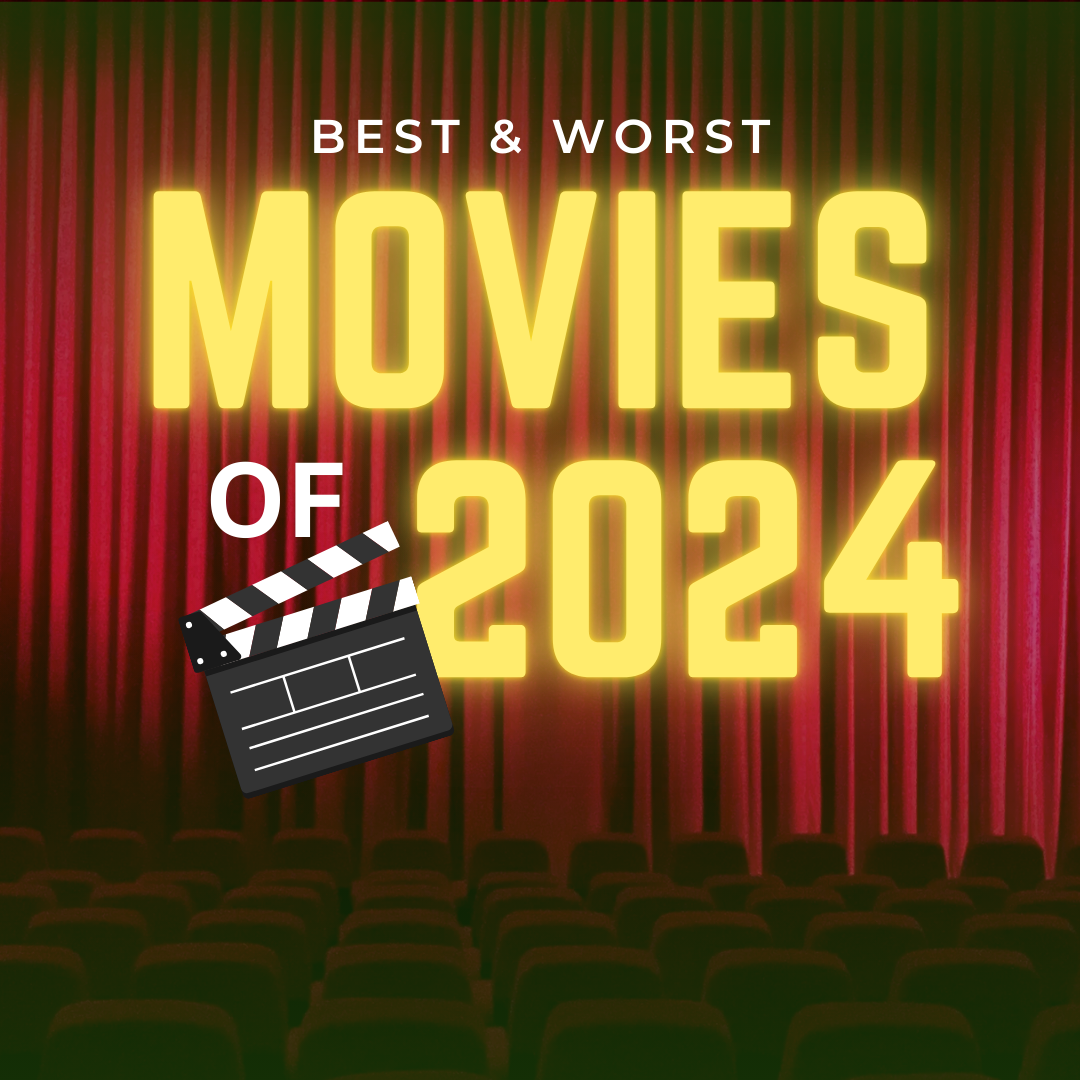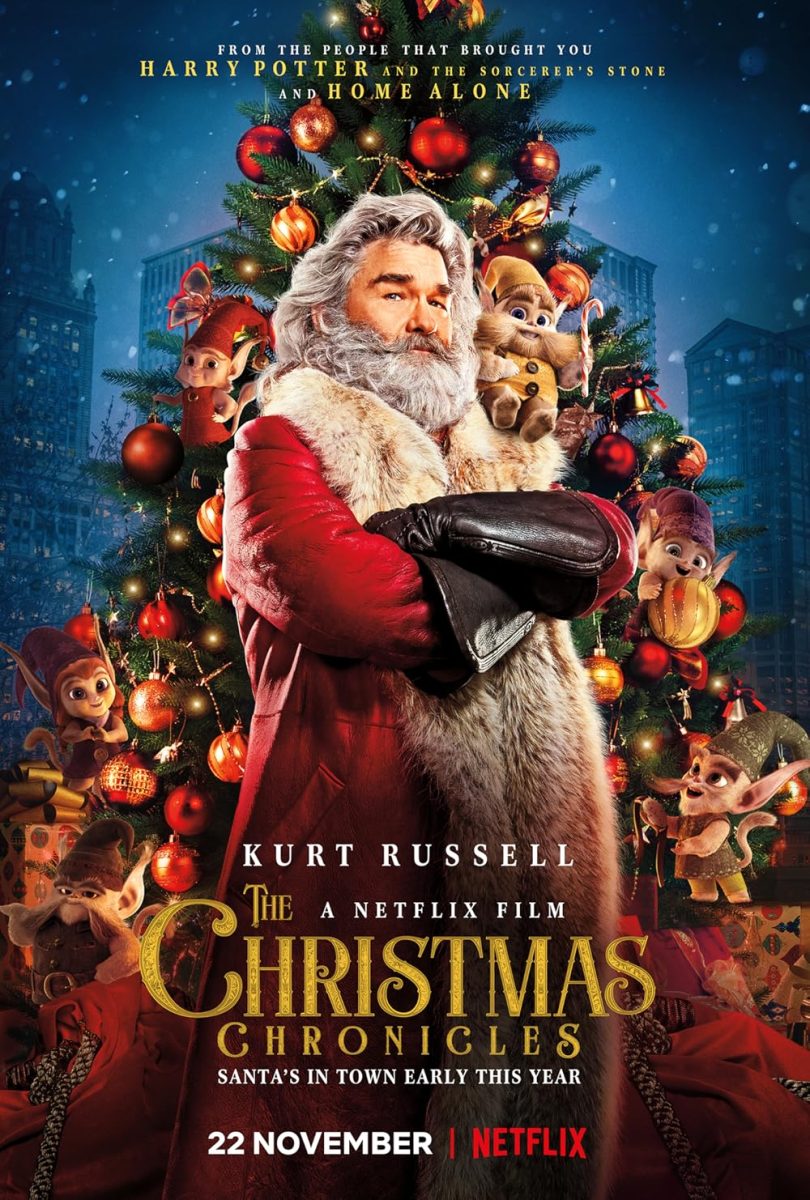It’s safe to say 2022 has left a large impact on the fate of movie-going. “Top Gun: Maverick” and “Avatar: The Way of Water” both crossed over one billion dollars at the worldwide box office. In fact, “Avatar” recently crossed $1.9 billion this past weekend. Critics were also pleased by Indie gems, “Everything Everywhere All at Once” and “The Fabelmans” for their artistic direction. 2022 had a lot of successful movies that took cinemas by storm.
“Everything Everywhere All at Once“
“Everything Everywhere All at Once” follows failing laundromat bushiness owner Evelyn Wang (Michelle Yeoh) struggle between work and her family. Unbeknownst to her, the fate of the multiverse must be restored and she’s the only one who can do that.
“Everything Everywhere All at Once” (EEAO) is one of the most creative movies of the year. It uses the concept of the multiverse to tell a wholesome story about finding joy in the life we are offered. Its eccentric visuals and various styles promote how much VFX work was put into the film. There’s even a universe where Yeoh has hot dogs for hands. Its deeper themes are that of love and being able to accept your family for who they are, appreciating the smaller things.
EEAO’s biggest theme is generational trauma. Yeoh must confront her broken daughter to restore balance in the multiverse. Yeoh masterfully conveys a character who has to use her trauma to help her daughter, not to hurt her. This is the key lesson she learns as she travels the multiverse. The movie provides the message of empathy to its viewers, to be an accepting person and to fight together.
The Batman
“The Batman” is the best superhero movie of the year. It’s unsurprisingly dark and its cinematography does a great job at exposing the grimness of Gotham City. Robert Pattinson’s portrayal of Batman is terrifying, but he learns a valuable lesson of spreading hope and dropping vengeance.
“The Batman” pays homage to detective movies like “Seven”. It’s the first Batman movie that follows a detective-based story and viewers are in Batman’s shoes trying to figure out where Gotham’s murders are linked. One of the best elements of the film is Riddler’s (Paul Dano) plan to wipe out Gotham’s elite police officers and government officials.
It’s surprisingly accurate to modern day politics where politicians are exposed for heinous acts, but the Riddler’s execution is brutal. Batman and Riddler are on the same coin, but on different sides. Both feel hurt in some sort of way by society.
The film’s action scenes will keep you on the edge of your seat, especially the car chase scene with the Penguin (Colin Farrell). “The Batman’s” best shot is when Batman uses a torch as a flashlight to provide city warmth and leadership during the Riddler’s dark time. It’s a beautiful and inspiring scene that’s well-shot and inspires compassion.
“Marcel the Shell with Shoes On“
“Marcel the Shell” follows a one-inch tall shell named Marcel who shows viewers his life in an Airbnb. The film also follows director Dean who documents Marcel’s life as they search for his missing family. One of Marcel the Shell’s strongest themes tackles what it means to be vulnerable.
Dean documents Marcel’s life as the search continues. While while the film takes a positive route tackling the theme, it also looks at the negative side of vulnerability. Marcel is able to display his emotions to connect with others, but others use it against him for personal gain. It all feels very real.
The film’s biggest message is that of family. Marcel’s family is his driving force in the movie, and one Dean must realize he needs himself. He’s filming Marcel to repress how he feels about his recent divorce.
The movie displays what it means to stick with community and how through the toughest times people come together and help. The film also looks into what it means to enjoy the simpler aspects of life, and how you can always find the bright side in hardships.
“Nope“
“Nope” is the best-modern day thriller audiences may have seen in a while. The film masterfully satirizes the meaning of spectacle. How audiences can be drawn into something so traumatic for purposes of entertainment. Jordan Peele’s direction is one of the strongest elements of the films.
A character who represents exploitation of tragedy in the film is Jupe (Steven Yeun). After facing a traumatic event as a child on the set of a TV show, he deals with his grief by monetizing it to the public. Viewers eventually find out that he hasn’t been able to let go of his pain decades after.
“Nope” follows O.J. (Daniel Kaluuya) and Em (Keke Palmer) who try to capitalize off a UFO sighting. The film highlights strong themes of chasing after the untameable. Both characters will greedily risk their lives in order to get the perfect of the alien. It’s revealing of the stunts and experiences influencers will put themselves into in real life when try to attain success.
“Nope” feels grand in nature and uses its themes in its cinematography as well. The film is about spectacle, what draws humans to trends and fads. Peele uses spectacle through the purpose of the UFO. One of the best scenes of the movie follows O.J. horse-riding away from the UFO, while at the same time trying to get photographic evidence of its existence. It’s an intense scene, and further relays the idea of grabbing one’s attention through something massive in scale.
“The Whale“
“The Whale” is a redemption story that follows a man named Charlie (Brendan Fraser). Charlie is an obese online English teacher who longs to connect with his teenage daughter because of the guilt he feels. The film is sad, but relays a hopeful message on faith and existentialism.
Brendan Fraser’s performance is the best element of the film. His performance feels so authentic. He’s able to make the audience cry through his vulnerability in the situation. Not only is he able to pull the emotionalism of Charlie, but the physicality. You would think Fraser put on all of the weight, the nuances of grunts as he gets up feel real.
Charlie represents the person in us who seeks to right a wrong. He’s empathetic and he sees the best in people, even when they can’t see it in themselves. Charlie is his own villain, he views himself as the villain for the mistake he made but he doesn’t realize how caring of a person he truly is.
The film was shot in a 4:3 aspect ratio and takes place entirely in Charlie’s house. It makes the viewer closed in and forces them to deal with the intense emotional atmosphere going on in Charlie’s head and his home.
Each character in the film deals with a form of self-hatred, and they all take it out in different ways. Charlie’s daughter Ellie (Sadie Sink) is abrasive and insulting, but deep down she cares. Her mother feels incapable of being able to provide for her. Charlie acts like a saint-like figure and tries cleansing them from their sins, even when he can’t do that for himself. It’s a story about forgiveness but also finding purpose in one’s self.




